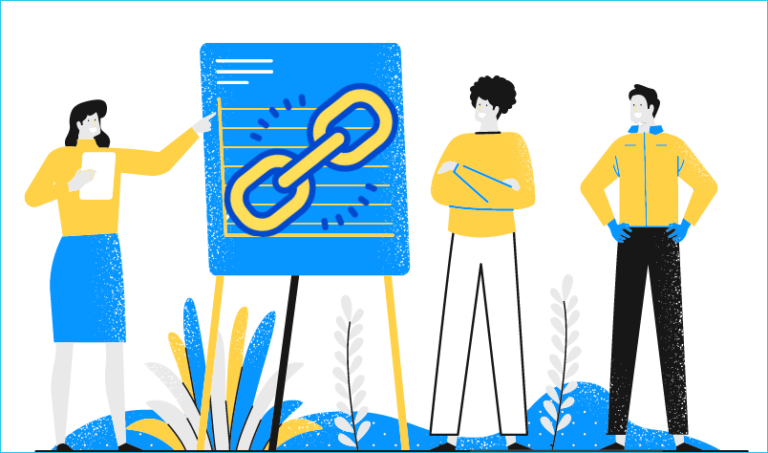Strengthening the Weakest Links in Virtual Migration Projects
We had a great experience at the VMUG UserCon last week in Boston! Although we weren’t face to face with the folks in the VMUG community, we found it was an interactive and informative event with a line-up of speakers that sparked some fresh thinking and ideas.
TDS was there with two of our top experts to tackle a pretty scary but critical question (the kind that keeps you up night):
Can you identify the weakest link in your migration strategy?
Watch our VMUG UserCon session presented by TDS CTO and co-founder, Craig Macfarlane, and VP of Direct Sales, Steve Gunderson, where they show you step by step how to uncover the most common obstacles that stall data center migrations – or worse, bring systems down.
Successful virtual migration projects are inherently chain-link processes with each phase being dependent on the prior activity. Staying on schedule, eliminating roll backs and minimizing the impact on the business require a tightly coupled chain.
Your toolchain is only as strong as your weakest link.
In the session you’ll see how important each link is in the chain and how critical it is that the chain work together in your virtual migration project.
Can you identify the weakest link in your virtual migration strategy?
It makes no sense to focus on the stronger links in the chain. So where are the weakest links found in virtual migration projects? Or where are the weakness between links?
1. The most glaring weaknesses are typically between the migration runbooks and the automated execution tools.
Prior to migrating a virtual machine using HCX an engineer will need to key in or copy and paste more than 25 data fields specific to that machine. It’s not difficult to see the weakness here. Incorporating a slow, manual and prone-to-error input process into a rapid, automated migration tool wastes the value of HCX.
So how to fix this problem? At TDS we’ve automated the runbook transition to automated execution. Those 25 steps are incorporated in the runbook in TransitionManager migration plans. TransitionManager fully automates virtual migration projects, thereby eliminating this huge bottleneck and maximizing the use of migration tools like HCX. By fully automating executions, TransitionManager generates a 10-fold improvement in speed and a matching reduction in migration engineering time.
2. Where is the second weakest link?
It is in the discovery and validation phase. The weakness here is especially complicated because it involves both tools and processes. Eight to 10 years ago the hope was that discovery tools would completely automate the discovery phase speeding migration projects and eliminating the risk of missing critical assets or dependencies. Today it is well understood that discovery tools are only one part in the discovery and validation process.
TDS has observed three areas that create weakness, inefficiency and delays in the discovery and validation of an environment:
- Misuse of auto discovery tools
There are many auto discovery tools in existence today that provide users with data about their infrastructure. These tools can provide a good starting point. However, additional validation that the data received is both accurate and as expected will be required in order to use this information to generate and execute a plan.
- Questionnaires and uncoordinated interviews
Validating asset information and dependency mapping can become a frustrating activity if done poorly. Sending questionnaires to SMEs can lead to misunderstandings and cause errors. Scheduling multiple interviews with a subject matter expert to validate a single application is no way to win support for the project. You should ask for only 15 to 20 minutes from every SME to validate all the final facts pertaining to an application.
- Mission creep overload
It is human nature to leverage the discovery efforts and attempt to gain additional visibility into the data center and cloud infrastructure environment. Every data field captured for the data center and cloud migration project should be negotiated. This is where the migration team can balance the needs of data capture against the cost and delays of capturing data unnecessary for the migration.
A cohesive data migration strategy and a comprehensive orchestration tool are key to managing dozens of resources and thousands of tasks. Without this, you end up having a subpar experience that could end up creating more problems than it solves. Aside from missing deadlines and exceeding budgets, plans that aren’t well constructed with interconnected steps, data and tools (or links in the process chain) can cause migration projects to fail altogether. TDS believes successful virtual migrations require holistic, end-to-end orchestration of both human and automated activities. Our orchestration platform, TransitionManager, maximizes all available tools and the teams for successful migration outcomes.
Data center migrations are high-risk projects where there is no room for error.
Download our solution brief to learn how to master in migrations:

